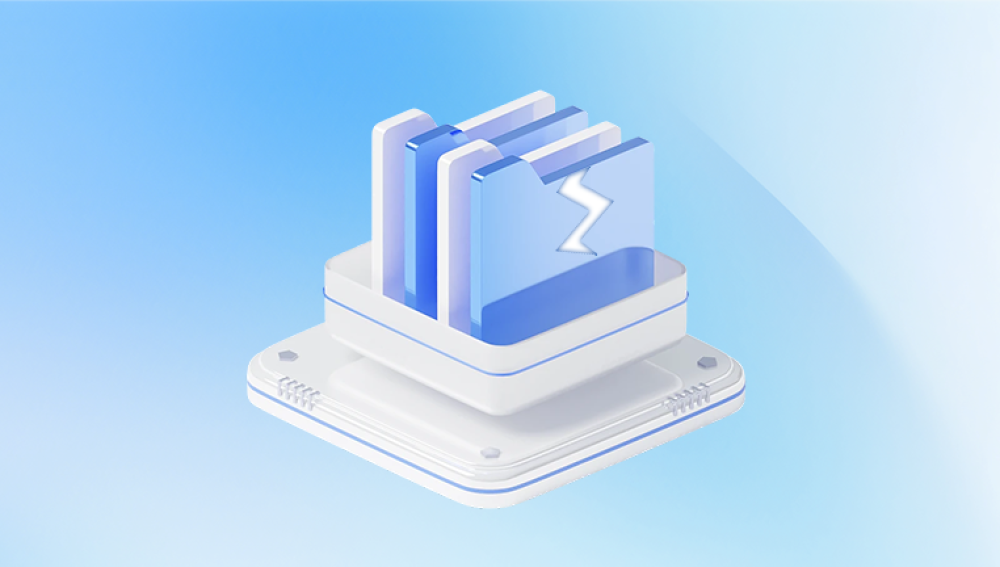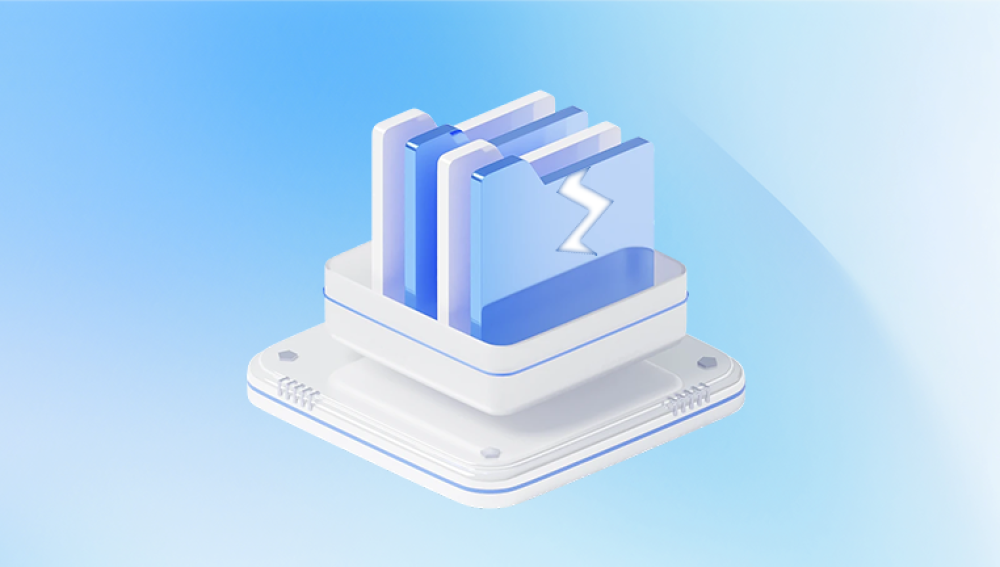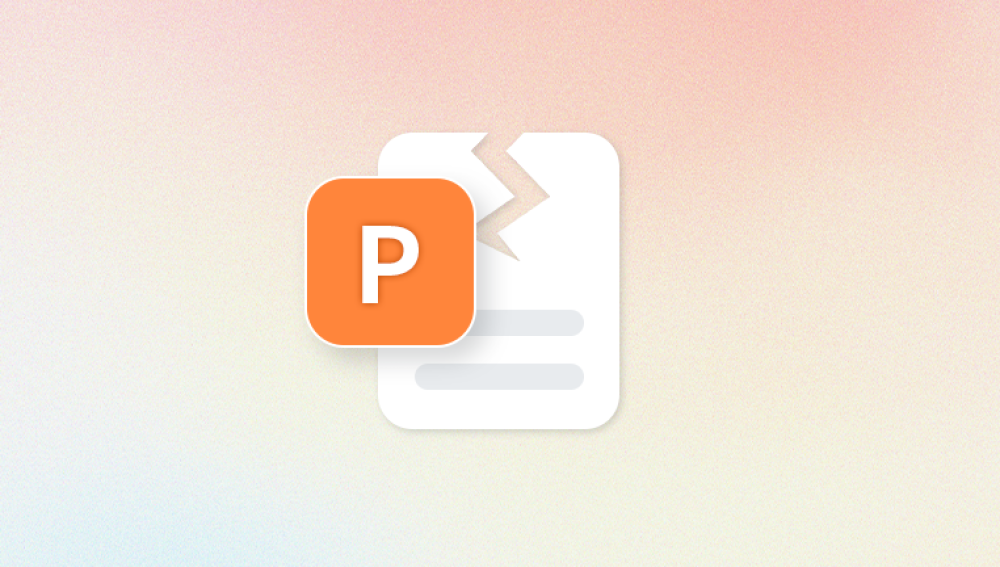Nothing is more frustrating than trying to open a crucial file, only to be greeted with an error message stating it’s corrupted or unreadable. That’s where online Windows file repair tools come in a category of tools designed to restore damaged or inaccessible files without requiring extensive technical knowledge.
To understand how file repair tools work, it helps to know what causes file corruption. In Windows systems, files can become corrupted due to various reasons, such as:

Sudden power outages during file operations
Improper shutdowns or forced reboots
Virus or malware infections
Bad sectors on your hard drive or SSD
Software crashes while saving files
Interrupted updates or installations
File system errors
Corrupted files may fail to open, show scrambled content, or trigger error messages like “The file is corrupted and cannot be opened,” “Cannot read from source file,” or “File format not recognized.”
This can affect any file type from Microsoft Office documents (Word, Excel, PowerPoint) to system files, images, videos, PDFs, and more. The good news is that online Windows file repair tools are specifically built to handle such situations.
What Are Online File Repair Tools?
Online file repair tools are web-based or cloud-integrated services that allow you to upload a corrupted file and receive a repaired version. Unlike desktop applications that require installation, online repair tools run directly in your browser or via lightweight clients, saving you time and storage.
These tools are especially useful if:
You don’t want to install heavy software
You're using a shared or limited-access computer
You need quick, one-time file restoration
You want cross-platform accessibility
Some online tools offer free file scans with the option to download repaired files for a fee, while others offer full repairs at no cost.
Features to Look for in a Reliable Online File Repair Tool
When choosing an online repair service, it’s essential to look for a few key features that determine its usefulness and trustworthiness:
Wide File Format Support: Can it handle DOCX, XLSX, PDF, MP4. ZIP, JPEG, etc.?
Security and Privacy: Does it encrypt your uploads and delete files after processing?
File Size Limits: Is there a maximum file size for free users or paid tiers?
Preview Before Download: Can you see a snippet of the repaired file?
Batch Repair: Can you upload multiple files at once?
Speed: How fast is the analysis and repair process?
Support for Partial Repairs: Even if the file can't be fully restored, can partial data be extracted?
The best tools combine ease of use with strong backend technology to detect and fix file anomalies efficiently.
Common File Types That Can Be Repaired Online
A robust online Windows file repair tool typically supports the following file types:
Microsoft Office Files: DOC, DOCX, XLS, XLSX, PPT, PPTX
PDF Documents: Often suffer from structure errors
Archives: ZIP, RAR with CRC errors or extraction failures
Multimedia Files: MP3. MP4. MOV, AVI that won’t play
Images: JPG, PNG, BMP with corruption or incomplete data
Database Files: MDB, ACCDB, and others from legacy systems
System Files: Limited repair of DLL, SYS, or EXE files, usually via local tools rather than online
The more file types a tool can handle, the better your chances of salvaging lost data.
How Online File Repair Works
Here’s a step-by-step breakdown of how most online file repair tools function:
Upload the File: Navigate to the tool’s website and upload the damaged file from your device or cloud storage.
Automatic Analysis: The tool scans the file for inconsistencies, missing sectors, formatting errors, or corrupted headers.
Repair Engine Activation: Depending on the file type, specialized algorithms try to reconstruct or patch the corrupted segments.
Preview Results (if available): Some tools let you view parts of the repaired content before download.
Download the Repaired File: If the repair is successful, you can download the restored version. Some services require payment at this stage.
Most tools promise to delete your files from their servers within 24 hours or less, ensuring data security.
Benefits of Using Online Repair Tools
There are multiple reasons why online file repair solutions are becoming increasingly popular:
No Installation Required: Work directly in your browser
Cross-Platform Compatibility: Use on Windows, Mac, Linux, or mobile devices
Time-Saving: Immediate access without the hassle of searching for software
Cost-Effective: Many offer free scans or affordable repair pricing
User-Friendly: Designed for all skill levels — no tech background needed
Accessibility: Fix files from anywhere with an internet connection
These benefits make online repair options highly suitable for emergencies or travel situations.
Limitations of Online Repair Tools
Despite their advantages, online file repair tools have some limitations:
Internet Dependency: You need a stable connection to upload and download files
File Size Restrictions: Some tools have limits (e.g., 100MB) unless you upgrade
Partial Repairs: Some complex files may not be fully restorable
Privacy Risks: Uploading sensitive documents to third-party servers may be a concern
Limited Customization: Online tools usually offer less control than desktop repair software
For large-scale repairs or advanced fixes, a professional-grade desktop application or a technician’s help may be necessary.
Popular Online Windows File Repair Tools
Here are a few well-regarded platforms that specialize in repairing corrupted Windows files online:
Panda Repair
The Panda Online Windows File Repair Tool is a powerful, user-friendly solution designed to fix corrupted or damaged files directly from your browser no installation required. Whether you’re dealing with a broken Word document, a corrupted Excel file, or an unreadable PDF, Panda’s tool streamlines the repair process and restores your files quickly and securely.
Panda’s platform supports a wide range of file formats, including DOCX, XLSX, PPTX, PDF, ZIP, JPG, and MP4. Using intelligent algorithms, the tool scans uploaded files, identifies structural issues, and reconstructs missing or damaged data. Users simply upload their corrupted file, wait for the analysis to complete, and then download a repaired version. In many cases, a preview is available before download to verify that the repair was successful.
One of the most appealing aspects of Panda’s online tool is its accessibility. It works on any device with internet access and supports both desktop and mobile browsers. Files are processed in a secure environment, with all uploaded data encrypted and automatically deleted from Panda’s servers after a short retention period to ensure privacy.
The tool is ideal for students, professionals, or anyone needing a fast, reliable file repair option without diving into technical complexities. Whether the file was damaged by a power failure, virus attack, or bad sectors on a hard drive, Panda provides a dependable way to recover essential data in minutes.
Always use well-reviewed and secure platforms to avoid phishing, data leaks, or malware.
Tips for Successful File Repair
Before jumping into file repair, follow these best practices to maximize your success rate:
Make a Backup: Before uploading a damaged file, make a copy of it to avoid further corruption.
Scan for Malware: If your file was corrupted by a virus, scan your system first to prevent reinfection.
Try Different Tools: One tool might fail while another succeeds — results vary.
Rename the File Extension: Occasionally, renaming the extension to its correct format can prompt apps to recognize it again.
Upload from a Stable Network: Avoid interruptions during upload, especially for large files.
Check the Source: If your file came from email or download, re-downloading may resolve the corruption if the original copy is intact.
Being methodical can help recover data more efficiently without relying solely on guesswork.
When to Use Desktop Repair Software Instead
While online tools are convenient, they aren’t a one-size-fits-all solution. In some situations, desktop software is better suited:
Large Files: Over 100MB or multi-gigabyte files often exceed upload limits
Batch Recovery Needs: Repairing dozens or hundreds of files at once
Sensitive Files: When uploading to the cloud poses privacy concerns
Full Hard Drive Scans: To find and fix files beyond single uploads
Offline Situations: No internet or slow connection
Tools like Stellar File Repair, DataNumen, and DiskInternals offer powerful local recovery features with advanced repair engines.
File Repair vs. File Recovery
It’s important to distinguish between repairing a file and recovering a deleted file. File repair focuses on restoring a damaged or unreadable file that is still on your system. File recovery, on the other hand, is used when files have been deleted, lost, or formatted over.
If you accidentally deleted a file or lost it due to partition errors or formatting, you’ll need a data recovery tool — not a repair tool. Some platforms combine both features, but they’re fundamentally different tasks.
Preventing File Corruption in the Future
Repairing files is a reactive approach prevention is always better. Here are proactive steps to reduce file corruption risks:
Use Backup Solutions: Regular backups using Windows Backup, OneDrive, or external drives
Install Antivirus Software: Protect your system from malware that targets files
Avoid Forced Shutdowns: Always use the proper shutdown procedure
Check Your Disk Health: Use tools like CHKDSK or CrystalDiskInfo to monitor drive health
Update Software Regularly: Including Office apps, media players, and Windows itself
Use Reliable Power Sources: Consider using an uninterruptible power supply (UPS) for desktops
Healthy digital hygiene can significantly reduce the frequency of corrupted files and data loss incidents.
File corruption doesn’t have to spell disaster. Online Windows file repair tools have made it easier than ever to recover vital documents, videos, images, and archives without leaving your browser. They’re fast, convenient, and accessible to users of all levels, whether you're at home, at work, or traveling.
While online tools aren’t perfect and come with some trade-offs, they offer a solid first line of defense against common file damage scenarios. By combining them with solid backup practices and safe computing habits, you can safeguard your digital life and minimize the impact of data corruption.




